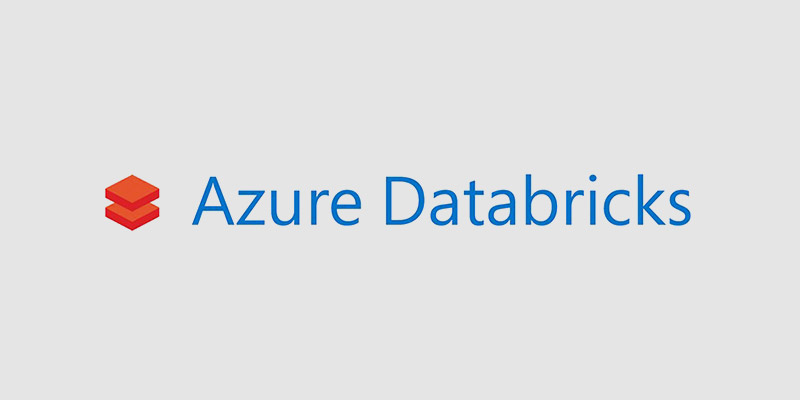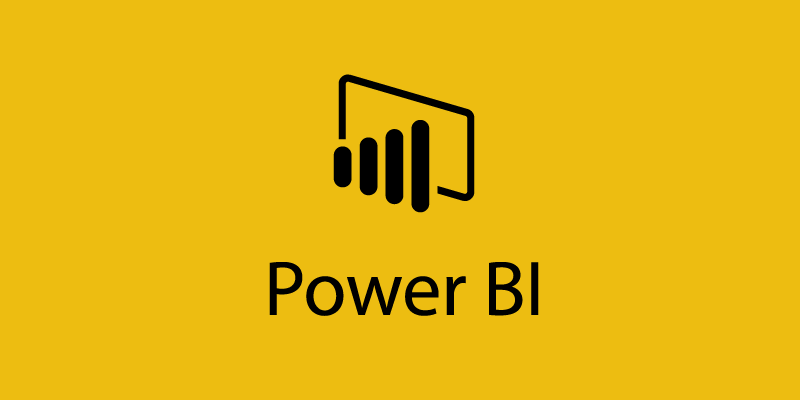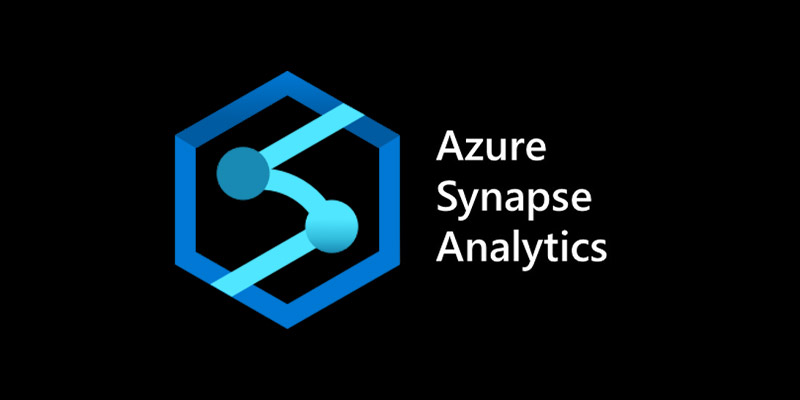Microsoft Technologies
Azure Databricks
Azure Databricks
An analytics platform optimized for Azure cloud services
Azure Databricks is an Apache Spark-based analytics platform optimized for the Microsoft Azure cloud services platform. Designed with the founders of Apache Spark, Databricks is integrated with Azure to provide one-click setup, streamlined workflows, and an interactive workspace that enables collaboration between data scientists, data engineers, and business analysts.

Big Data Analytics and AI with Optimized Apache Spark
Unlock insights from all your data and build artificial intelligence (AI) solutions with Azure Databricks, set up your Apache Spark™ environment in minutes, autoscale, and collaborate on shared projects in an interactive workspace. Azure Databricks supports Python, Scala, R, Java, and SQL, as well as data science frameworks and libraries including TensorFlow, PyTorch, and scikit-learn.
Azure Databricks is a fast, easy, and collaborative Apache Spark-based analytics service. For a big data pipeline, the data (raw or structured) is ingested into Azure through Azure Data Factory in batches, or streamed near real-time using Kafka, Event Hub, or IoT Hub. This data lands in a data lake for long term persisted storage, in Azure Blob Storage or Azure Data Lake Storage.
As part of your analytics workflow, use Azure Databricks to read data from multiple data sources such as Azure Blob Storage, Azure Data Lake Storage, Azure Cosmos DB, or Azure SQL Data Warehouse and turn it into breakthrough insights using Spark.
Apache Spark-based analytics platform
Azure Databricks comprises the complete open-source Apache Spark cluster technologies and capabilities. Spark in Azure Databricks includes the following components:
- Spark SQL and Data Frames
Spark SQL is the Spark module for working with structured data. A DataFrame is a distributed collection of data organized into named columns. It is conceptually equivalent to a table in a relational database or a data frame in R/Python. - Streaming
Real-time data processing and analysis for analytical and interactive applications. Integrates with HDFS, Flume, and Kafka. - MLlib
Machine Learning library consisting of common learning algorithms and utilities, including classification, regression, clustering, collaborative filtering, dimensionality reduction, as well as underlying optimization primitives. - GraphX
Graphs and graph computation for a broad scope of use cases from cognitive analytics to data exploration. - Spark Core API
Includes support for R, SQL, Python, Scala, and Java.
Azure Databricks builds on the capabilities of Spark by providing a zero-management cloud platform that includes:
- Fully managed Spark clusters;
- An interactive workspace for exploration and visualization;
- A platform for powering your favorite Spark-based applications.
Fully managed Apache Spark clusters in the cloud
Azure Databricks has a secure and reliable production environment in the cloud, managed and supported by Spark experts. You can:
- Create clusters in seconds;
- Dynamically autoscale clusters up and down, including serverless clusters, and share them across teams;
- Use clusters programmatically by using the REST APIs;
- Use secure data integration capabilities built on top of Spark that enable you to unify your data without centralization;
- Get instant access to the latest Apache Spark features with each release.
Databricks Runtime
Databricks Runtime is built on top of Apache Spark and is natively built for the Azure cloud.
With the Serverless option, Azure Databricks completely abstracts out the infrastructure complexity and the need for specialized expertise to set up and configure your data infrastructure. The Serverless option helps data scientists iterate quickly as a team.
For data engineers, who care about the performance of production jobs, Azure Databricks provides a Spark engine that is faster and performant through various optimizations at the I/O layer and processing layer (Databricks I/O).
Workspace for collaboration
Through a collaborative and integrated environment, Azure Databricks streamlines the process of exploring data, prototyping, and running data-driven applications in Spark.
- Determine how to use data with easy data exploration;
- Document your progress in notebooks in R, Python, Scala, or SQL;
- Visualize data in a few clicks, and use familiar tools like Matplotlib, ggplot, or d3;
- Use interactive dashboards to create dynamic reports;
- Use Spark and interact with the data simultaneously.
To learn more about Azure Databricks, visit Microsoft




